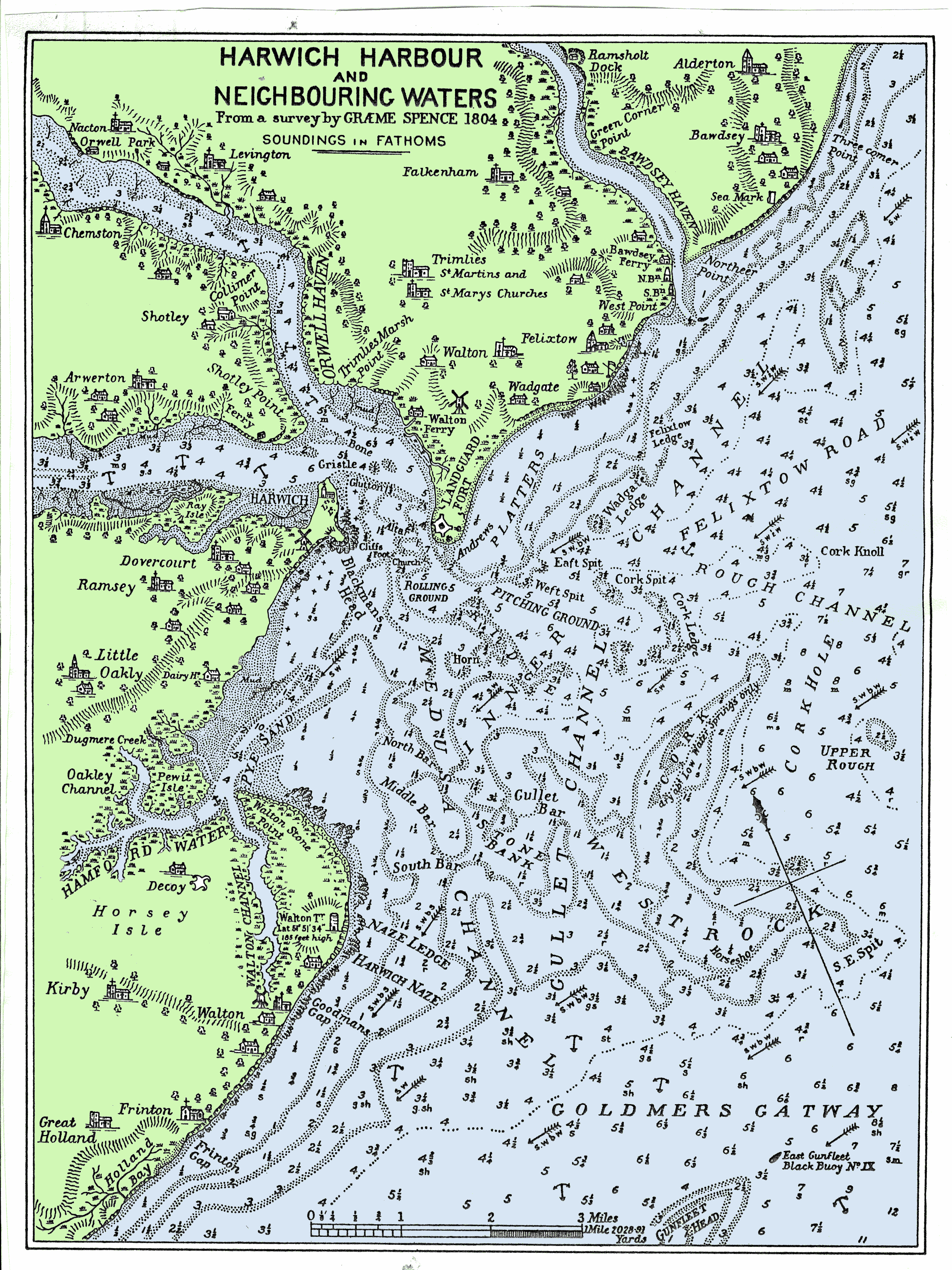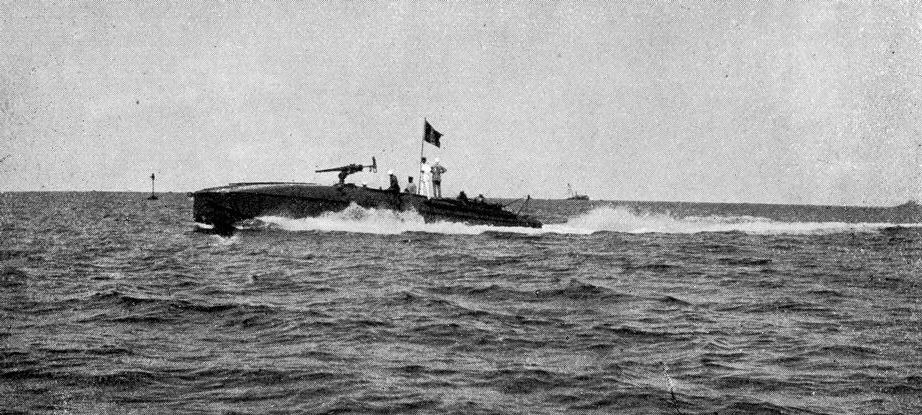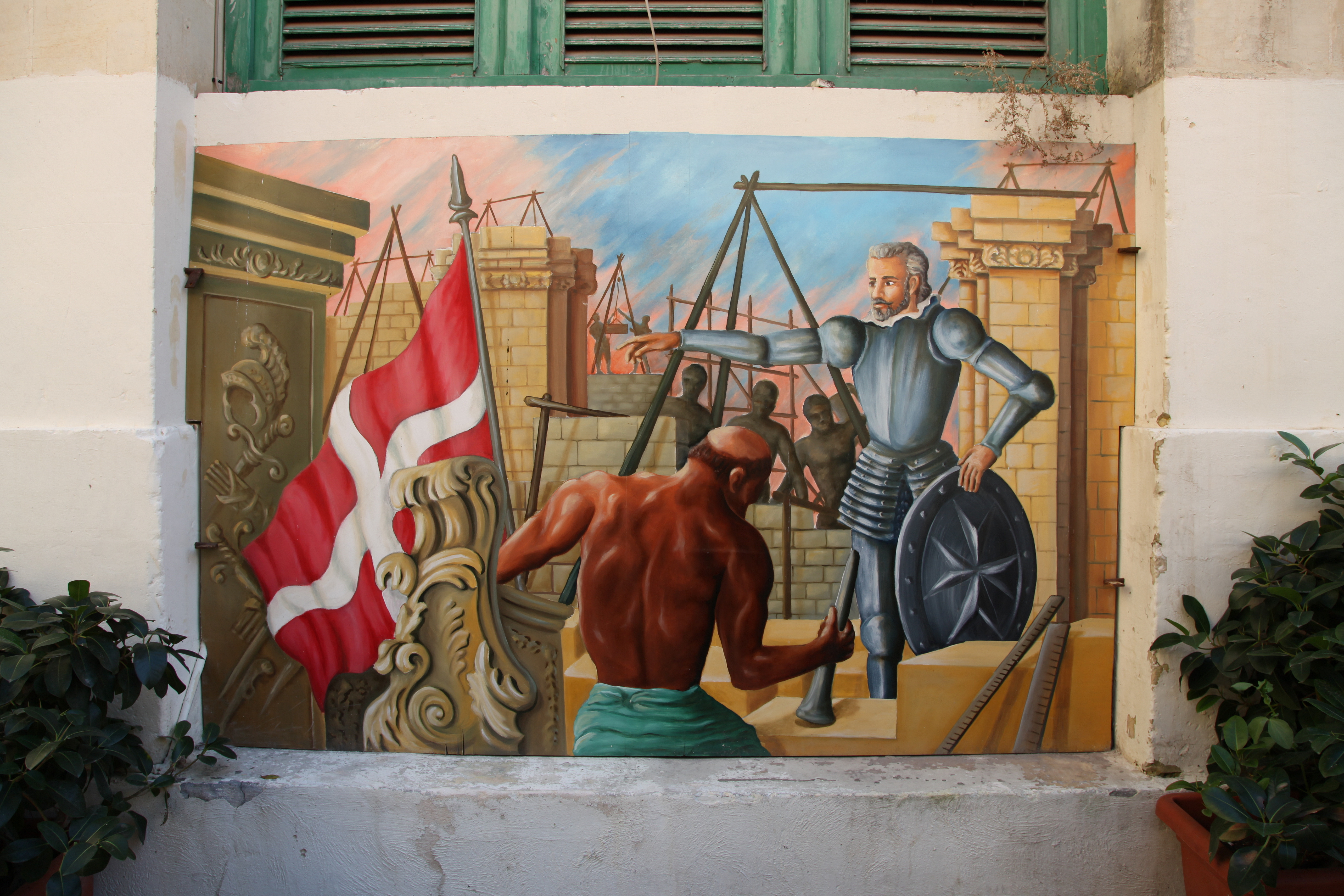|
QF 6-pounder 10 Cwt Gun
The British QF (quick-firing) 6-pounder 10 cwt gun"6 pounder" refers to the approximate weight of projectiles, which was a traditional British way of denoting small guns. "10 cwt" referred to the approximate weight of the gun and breech in cwt (hundredweight) rounded up : 10 cwt = 10 x 112 pounds = 1,120 pounds. It was standard British practice to differentiate guns of the same calibre by adding weight in cwt to the description. was a 57 mm twin-mount light coast defence and naval gun from the 1930s to 1950s. Development Following the emergence of small fast attack craft during the First World War, it was decided that the British Royal Navy Dockyards were vulnerable to attack by motor torpedo boats which had the speed to evade the heavy coast defence guns which defended them. In 1925, a design was adopted for a twin-barrelled weapon capable of sustained semi-automatic fire. The barrels of the weapon could be fired singly or together. The pedestal mounting and the gun crew ... [...More Info...] [...Related Items...] OR: [Wikipedia] [Google] [Baidu] |
Harwich
Harwich is a town in Essex, England, and one of the Haven ports on the North Sea coast. It is in the Tendring district. Nearby places include Felixstowe to the north-east, Ipswich to the north-west, Colchester to the south-west and Clacton-on-Sea to the south. It is the northernmost coastal town in Essex. Its position on the estuaries of the Stour and Orwell rivers, with its usefulness to mariners as the only safe anchorage between the Thames and the Humber, led to a long period of civil and military maritime significance. The town became a naval base in 1657 and was heavily fortified, with Harwich Redoubt, Beacon Hill Battery, and Bath Side Battery. Harwich is the likely launch point of the ''Mayflower'', which carried English Puritans to North America, and is the presumed birthplace of ''Mayflower'' captain Christopher Jones. Harwich today is contiguous with Dovercourt and the two, along with Parkeston, are often referred to collectively as ''Harwich''. History ... [...More Info...] [...Related Items...] OR: [Wikipedia] [Google] [Baidu] |
E-boat
E-boat was the Western Allies' designation for the fast attack craft (German: ''Schnellboot'', or ''S-Boot'', meaning "fast boat") of the Kriegsmarine during World War II; ''E-boat'' could refer to a patrol craft from an armed motorboat to a large ''Torpedoboot.'' The name of E-boats was a British designation using the letter ''E'' for ''Enemy'', The main wartime production boats, the ''S-100'' class, were very seaworthy, heavily armed and capable of sustaining , briefly accelerating to . These were armed with torpedoes and Flak guns; commonly one 37 mm at the stern, one 20 mm at the bow with a twin mount amidships, plus machine guns. Armament varied and some ''S-100''s substituted a 40mm Bofors or, less commonly, a 20mm ''flakvierling'' mount for the aft 37mm cannon. The ''S-100''-class boats were long and in beam. Their diesel engines provided a range of , substantially greater than the gasoline-fueled American PT boats and British motor torpedo boats (MTBs ... [...More Info...] [...Related Items...] OR: [Wikipedia] [Google] [Baidu] |
British Columbia
British Columbia (commonly abbreviated as BC) is the westernmost Provinces and territories of Canada, province of Canada, situated between the Pacific Ocean and the Rocky Mountains. It has a diverse geography, with rugged landscapes that include rocky coastlines, sandy beaches, forests, lakes, mountains, inland deserts and grassy plains, and borders the province of Alberta to the east and the Yukon and Northwest Territories to the north. With an estimated population of 5.3million as of 2022, it is Canada's Population of Canada by province and territory, third-most populous province. The capital of British Columbia is Victoria, British Columbia, Victoria and its largest city is Vancouver. Vancouver is List of census metropolitan areas and agglomerations in Canada, the third-largest metropolitan area in Canada; the 2021 Canadian census, 2021 census recorded 2.6million people in Metro Vancouver Regional District, Metro Vancouver. The First Nations in Canada, first known human inhabi ... [...More Info...] [...Related Items...] OR: [Wikipedia] [Google] [Baidu] |
Esquimalt Harbour
Esquimalt Harbour is a natural harbour in Greater Victoria on the southern tip of Vancouver Island in British Columbia, Canada. The entrance to Esquimalt Harbour is from the south off the Strait of Juan de Fuca through a narrow channel known as Royal Roads. Esquimalt Harbour is situtated east of Victoria Harbour, another major harbour in the region. Esquimalt Harbour is home to the Royal Canadian Navy's Maritime Forces Pacific, based at CFB Esquimalt. Esquimalt Harbour is bounded by the municipalities of Colwood to the west, View Royal to the north, and Esquimalt to the east. The entrance is marked by the historic Fisgard Lighthouse on the Harbour's west shore in Colwood. CFB Esquimalt is situtated at the harbour entrance's east shore. History In the summer of 1790 Manuel Quimper, Gonzalo López de Haro, and Juan Carrasco aboard ''Princesa Real'' explored the Strait of Juan de Fuca where they claimed Esquimalt Harbour for Spain, naming it Puerto de Córdova. From 1842 to ... [...More Info...] [...Related Items...] OR: [Wikipedia] [Google] [Baidu] |
Fort Rodd Hill National Historic Site
Fort Rodd Hill National Historic Site is a 19th-century coastal artillery fort on the Colwood, British Columbia side of Esquimalt Harbour, (Greater Victoria/Victoria BC Metropolitan Area). The site is adjacent to Fisgard Lighthouse National Historic Site, the first lighthouse on the west coast of Canada. Both the fort and lighthouse are managed and presented to the public by Parks Canada. History Background Rodd Hill was named after John Rashleigh Rodd, 1st Lieutenant on under Capt. John A. Duntze. Rodd was later promoted to rear admiral in 1877; vice admiral in 1884, and admiral in 1888. He died in 1892. Guns were first installed here in 1864 to protect Esquimalt Harbour. Britain's Royal Navy began using Esquimalt harbour in the 1840s, at first merely for anchorage, watering and for lumber; but the establishment of three hospital huts during the Crimean War of 1854–1856 marked the start of what is still an active naval base of the Royal Canadian Navy. In 1862, the Royal ... [...More Info...] [...Related Items...] OR: [Wikipedia] [Google] [Baidu] |
MAS (boat)
''Motoscafo armato silurante'' (torpedo-armed motorboat), commonly abbreviated as MAS, was a class of fast torpedo-armed vessels used by the (Italian Royal Navy) during World War I and World War II. Originally, "MAS" referred to (armed motorboat SVAN, (Naval Automobile Society of Venice). The MAS were essentially motorboats with displacements of 20–30 tonnes (depending on the class), a 10-man crew and armament composed of two torpedoes, heavy machine guns and occasionally a 37 mm or 20 mm cannon. The term "MAS" is an acronym for , (assault craft) in the unit name (assault craft flotilla), the most famous of which was the Decima MAS of World War II. World War I MAS were widely employed by ''Regia Marina'' during World War I in 1915–1918. Models used were directly derived from compact civilian motorboats, provided with petrol engines which were compact and reliable (characteristics which were not common at the time) . They were used not only in the anti-submarine patr ... [...More Info...] [...Related Items...] OR: [Wikipedia] [Google] [Baidu] |
Malta
Malta ( , , ), officially the Republic of Malta ( mt, Repubblika ta' Malta ), is an island country in the Mediterranean Sea. It consists of an archipelago, between Italy and Libya, and is often considered a part of Southern Europe. It lies south of Sicily (Italy), east of Tunisia, and north of Libya. The official languages are Maltese language, Maltese and English language, English, and 66% of the current Maltese population is at least conversational in the Italian language, Italian language. Malta has been inhabited since approximately 5900 BC. Its location in the centre of the Mediterranean Sea, Mediterranean has historically given it great strategic importance as a naval base, with a succession of powers having contested and ruled the islands, including the Phoenicians and Ancient Carthage, Carthaginians, Romans, Greeks, Arabs, Normans, Aragonese, Knights Hospitaller, Knights of St. John, French, and British, amongst others. With a population of about 516,000 over an ... [...More Info...] [...Related Items...] OR: [Wikipedia] [Google] [Baidu] |
Valletta
Valletta (, mt, il-Belt Valletta, ) is an administrative unit and capital of Malta. Located on the main island, between Marsamxett Harbour to the west and the Grand Harbour to the east, its population within administrative limits in 2014 was 6,444. According to the data from 2020 by Eurostat, the Functional Urban Area and metropolitan region covered the whole island and has a population of 480,134. Valletta is the southernmost capital of Europe, and at just , it is the European Union's smallest capital city. Valletta's 16th-century buildings were constructed by the Knights Hospitaller. The city was named after Jean Parisot de Valette, who succeeded in defending the island from an Ottoman invasion during the Great Siege of Malta. The city is Baroque in character, with elements of Mannerist, Neo-Classical and Modern architecture, though the Second World War left major scars on the city, particularly the destruction of the Royal Opera House. The city was officially recognised a ... [...More Info...] [...Related Items...] OR: [Wikipedia] [Google] [Baidu] |
Grand Harbour
The Grand Harbour ( mt, il-Port il-Kbir; it, Porto Grande), also known as the Port of Valletta, is a natural harbour on the island of Malta. It has been substantially modified over the years with extensive docks ( Malta Dockyard), wharves, and fortifications. Description The harbour mouth faces north east and is bounded to the north by Saint Elmo Point and further sheltered by an isolated breakwater and is bounded to the south by Ricasoli Point. Its north west shore is formed by the Sciberras peninsula, which is largely covered by the city of Valletta and its suburb Floriana. This peninsula also divides Grand Harbour from a second parallel natural harbour, Marsamxett Harbour. The main waterway of Grand Harbour continues inland almost to Marsa. The southeastern shore of the harbour is formed by a number of inlets and headlands, principally Rinella Creek, Kalkara Creek, Dockyard Creek, and French Creek, which are covered by Kalkara and the Three Cities: Cospicua, V ... [...More Info...] [...Related Items...] OR: [Wikipedia] [Google] [Baidu] |
Fort Ricasoli
Fort Ricasoli ( mt, Forti Rikażli) is a bastioned fort in Kalkara, Malta, which was built by the Order of Saint John between 1670 and 1698. The fort occupies a promontory known as Gallows' Point and the north shore of Rinella Bay, commanding the entrance to the Grand Harbour along with Fort Saint Elmo. It is not only the largest fort in Malta but also the largest in Europe, and it has been on the tentative list of UNESCO World Heritage Sites since 1998, as part of the ''Knights' Fortifications around the Harbours of Malta''. Fort Ricasoli saw use during the French invasion of Malta in 1798 and the subsequent Maltese insurrection, after which it ended up in British hands. Ricasoli was the site of the Froberg mutiny in 1807, and it was also used as a military hospital during the 19th century. It saw use once again in World War II, when parts of it were destroyed by aerial bombardment. After it was decommissioned in the 1960s, the fort was used for industrial purposes. Today, the ... [...More Info...] [...Related Items...] OR: [Wikipedia] [Google] [Baidu] |








